Believe what you see, not what you hear
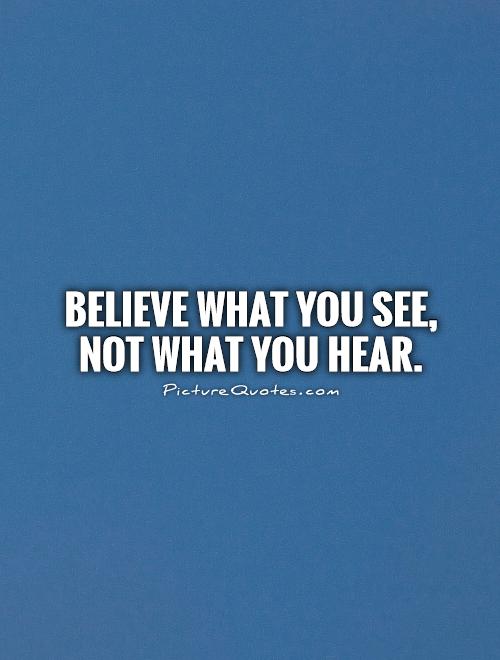
Believe what you see, not what you hear
In a world filled with constant noise and information overload, it can be difficult to discern what is true and what is not. People are bombarded with messages from various sources, whether it be the news media, social media, or even friends and family. In this age of misinformation and fake news, it is more important than ever to be critical of the words we hear and to rely on what we see with our own eyes.The saying “believe what you see, not what you hear” emphasizes the importance of trusting our own observations and experiences over the words of others. Words can be easily manipulated and distorted, whether intentionally or unintentionally. People may have their own biases, agendas, or misunderstandings that can color the information they convey. In contrast, what we see with our own eyes is often more reliable and trustworthy.
For example, if someone tells you that a certain product is the best on the market, it is important to do your own research and see for yourself if it lives up to the hype. Similarly, if someone spreads rumors or gossip about a person, it is crucial to verify the information before jumping to conclusions. By relying on our own observations and experiences, we can make more informed decisions and avoid being misled by false information.
In the age of social media, where anyone can spread information with the click of a button, it is especially important to be discerning about the words we hear. Photos can be edited, videos can be manipulated, and stories can be fabricated. It is easy for misinformation to spread like wildfire, causing confusion and harm in its wake. By believing what we see and verifying information for ourselves, we can help combat the spread of fake news and misinformation.
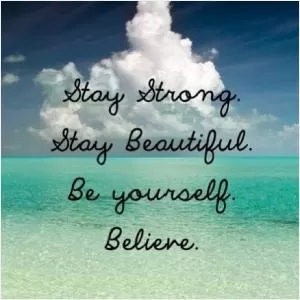
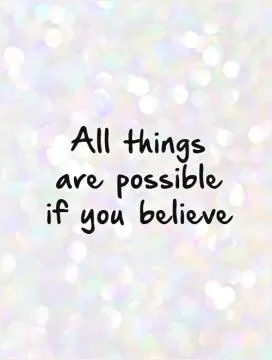
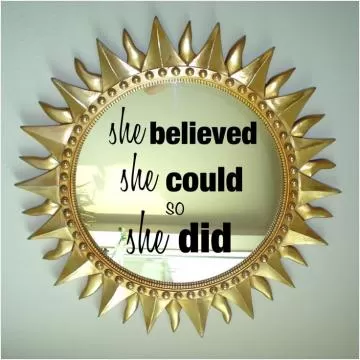
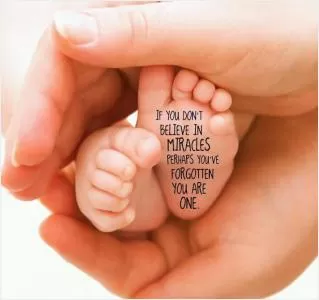
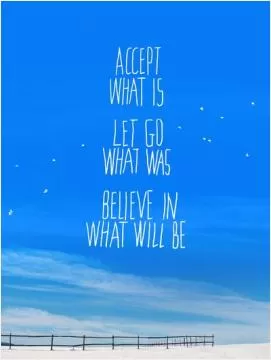
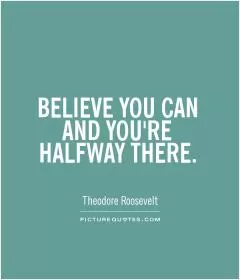


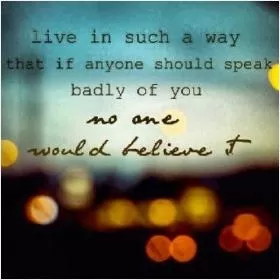



 Friendship Quotes
Friendship Quotes Love Quotes
Love Quotes Life Quotes
Life Quotes Funny Quotes
Funny Quotes Motivational Quotes
Motivational Quotes Inspirational Quotes
Inspirational Quotes